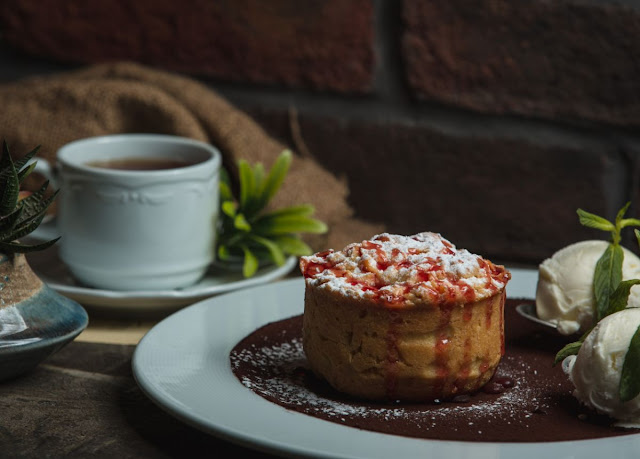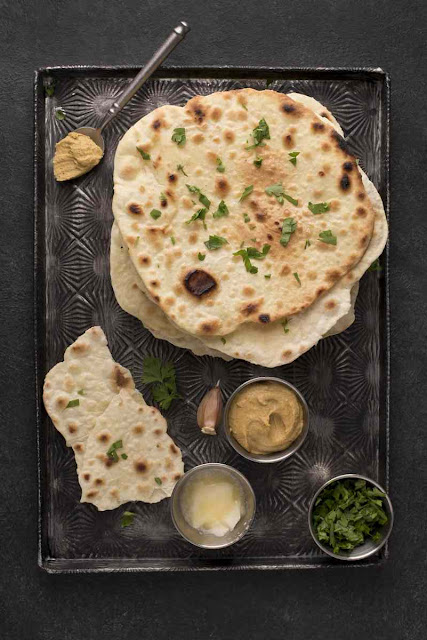Bread Pudding
In the realm of culinary delights, few desserts evoke the comforting nostalgia and indulgent satisfaction quite like bread pudding. Originating from humble beginnings as a frugal solution to stale bread, this timeless treat has evolved into a decadent delicacy enjoyed across cultures and cuisines. In this article, we delve into the art of creating the perfect bread pudding, exploring its history, ingredients, and step-by-step preparation.
Understanding Bread Pudding
Bread pudding, a quintessential comfort food, epitomizes culinary resourcefulness, transforming leftover bread into a luxurious dessert. At its core, bread pudding consists of stale or day-old bread soaked in a rich custard mixture, sweetened with sugar, and enhanced with various flavorings such as vanilla, cinnamon, or nutmeg. This mixture is then baked until golden and irresistibly moist, resulting in a dessert that marries simplicity with indulgence.
Essential Ingredients
To embark on your journey to bread pudding mastery, gather the following ingredients:
Stale or day-old bread: Opt for hearty bread such as brioche, challah, or French baguette, which provide a sturdy foundation and absorb the custard mixture beautifully.
Eggs: These serve as the binding agent for the custard, imparting richness and structure to the pudding.
Milk and Cream: The combination of milk and cream creates a luscious custard base, infusing the pudding with creamy goodness.
Sugar: Depending on your preference, use granulated sugar, brown sugar, or a combination of both to sweeten the pudding to perfection.
Flavorings: Elevate the flavor profile of your bread pudding with vanilla extract, ground cinnamon, nutmeg, or a splash of liqueur such as rum or bourbon.
Optional Add-Ins: Customize your bread pudding with add-ins such as raisins, dried cranberries, chocolate chips, or nuts for textural contrast and added indulgence.
Step-by-Step Recipe
Prepare the Bread: Begin by slicing or tearing the stale bread into bite-sized pieces, ensuring uniformity for even soaking and baking.
Make the Custard Mixture: In a mixing bowl, whisk together eggs, milk, cream, sugar, and your desired flavorings until well combined and smooth.
Soak the Bread: Place the bread pieces in a large mixing bowl and pour the custard mixture over them, ensuring that all the bread is thoroughly coated. Allow the bread to soak for at least 30 minutes, allowing it to absorb the custard mixture fully.
Preheat the Oven: Preheat your oven to 350°F (175°C) and grease a baking dish or ramekins generously to prevent sticking.
Assemble the Pudding: Transfer the soaked bread and custard mixture into the prepared baking dish, spreading it evenly to ensure even baking.
Bake to Perfection: Place the baking dish in the preheated oven and bake for 45 to 55 minutes, or until the pudding is set and golden brown on top. To test for doneness, insert a knife into the center of the pudding – if it comes out clean, the pudding is ready.
Serve and Enjoy: Once baked, allow the bread pudding to cool slightly before serving. Optionally, garnish with a dusting of powdered sugar, a drizzle of caramel sauce, or a dollop of whipped cream for an extra touch of decadence.
Conclusion
Mastering the art of bread pudding is not merely about following a recipe but embracing a tradition of culinary ingenuity and comfort. With its humble origins and endless variations, bread pudding invites creativity and experimentation while delivering a timeless dessert experience that delights the senses and warms the soul. So, gather your ingredients, preheat your oven, and embark on a journey to bread pudding bliss. Your taste buds will thank you.



Comments
Post a Comment